In a previous post, I’ve written about adrenal dysregulation, often called adrenal fatigue – what it is, how to know if you have it and what to do about it. Number one on the “fix it” list was getting your diet in check, particularly through regaining healthy blood sugar balance.
Let’s talk about this further because few people realize the impact that their diet has on their adrenal glands and thus their ability to handle stress.
Bear with me for a few minutes while I explain some basic biochemistry (and draw… it’s not pretty, but it helps the explanation 😉 ).
Your body has a very specific and narrow window within which it must maintain your blood sugar levels. I call it your blood sugar happy zone.
Too much or too little blood sugar (it’s actually called blood glucose but that’s a technical detail) is a really big deal, and your body will go to great lengths to bring it back into its optimal range. Diabetes, for example, is when your body’s mechanism for bringing blood sugar back into its happy zone is broken.
This stuff can be a bit mind-bendy, so let’s run a couple of scenarios.
Scenario 1: our ideal situation – beautifully balanced blood sugar
Beautifully balanced blood sugar is something I’ve dedicated much of my time to helping people achieve. This is what it looks like inside your body:
You eat a nice balanced breakfast (maybe a kitchen-sink omelet with some slices of avocado and a spoonful of cultured veggies?) and your blood sugar starts to rise nice and gradually.
As it approaches that upper limit, your pancreas secretes the hormone insulin and stores any excess sugar in your blood as glycogen in your liver and muscle cells. This means you never go above your blood sugar happy zone, which is important.
As you go about your day, you’re using energy (sugar) and your blood sugar levels gradually decrease. As they approach that lower limit, your pancreas secretes another hormone, one we hear very little about but that is just as important as insulin. It’s called glucagon, and its job is to mobilize that sugar we stored earlier as glycogen back into your blood.
This gets you through to your next meal, after which the process repeats itself.
What I love most about this scenario is what you feel in your body: nothing. Or rather, you just feel good. You have even and consistent energy with no crazy highs or lows, and you’re ready to eat but not ready to kill by the time you get to your next meal. Also, you’ll notice that it’s very balanced and gentle at either end of the blood sugar happy zone – you store some glycogen, and then you use it, you store some more, and then you use it. This is exactly how we want it to be.
Unfortunately, what’s much more common is…
Scenario 2: a body in stress – imbalanced blood sugar
In this scenario, instead of that nice balanced breakfast we had last time, we’ll have a more typical fare: a bowl of granola with some low-fat milk, maybe some fruit, multi-grain toast, a bagel, juice…. All of these things have been touted as ‘healthy’ – you know, the whole low-fat whole grain thing – but are actually causing a spike in your blood sugar.
Instead of that nice gradual increase, we get too much sugar too quickly and our blood sugar levels soar above that upper limit, taking us well out of our happy zone. And this is a real state of emergency for the body.
To compensate, the pancreas goes into overdrive secreting insulin to get that excess sugar OUT of the bloodstream. And where does it go? Well, sure some of it goes into glycogen stores like before, but there’s only so much glycogen your body can hold onto. The rest gets shuttled into fat cells. Oh dear.
Now it would be ideal for our blood sugar levels to just dip back into the happy zone, but that’s unfortunately not what happens. Because there’s so much insulin floating around the bloodstream, now we have an equal and opposite reaction… the dreaded blood sugar crash.
Instead of that nice happy gradual decline in your blood sugar levels – a decline commensurate with the energy you’re expending over the course of your morning – your blood sugar levels essentially tank, and go well past that lower limit. Once again, you’re out of the happy zone and into another state of emergency.
Glucagon gets released to mobilize glycogen back into your blood, but unfortunately it can’t keep up with the need. And remember, this is a really big deal for your body. So what does it do? It has no choice but to bring out the big guns: your adrenal glands. They secrete cortisol, adrenaline and noradrenaline, essentially forcing a rush of sugar back into your blood.
But here’s the thing: those adrenals were designed for fight or flight. You know, running from a woolly mammoth. And since we don’t do a lot of that anymore, but we DO have the same hormones mounting the same biochemical responses in our body, we have the beginnings of a bigger problem.
It takes your adrenal glands a good 17-24 hours to recover from a big output like this. But do we ever give them that rest? Unlikely, if ever. If we’re eating the typical starch-dominant Western diet we’ll be having blood sugar spikes like this multiple times a day. And that’s just from your food. I’m not counting any of the other many stressors we subject ourselves to on a daily basis.
How this feels in your body isn’t much fun either. In fact, it’s the result of tired adrenals no longer able to come to your rescue that you get intense sugar cravings, deep fatigue, moodiness, and other symptoms of hypoglycemia. You know, the “hangry” and irritability of a low blood sugar moment. Also, if you’ve been paying close attention, you may have noticed that in this scenario you’re storing fat, but not using it. Hmmm…
So what to do about it?
Well, breaking this sugar cycle of spikes and crashes is one of the main goals of our 21-day Real Food Reboot. We essentially remove anything and everything that could possibly create that sugar spike and thus eliminate the resulting crash and relieve the extra burden on your adrenals.
If you’re interested in getting your energy back, healing your adrenals, and shedding some pounds in the process, check out the details of our Real Food Reboot. It has fundamentally changed the lives of many people who’ve done it. Are you next?
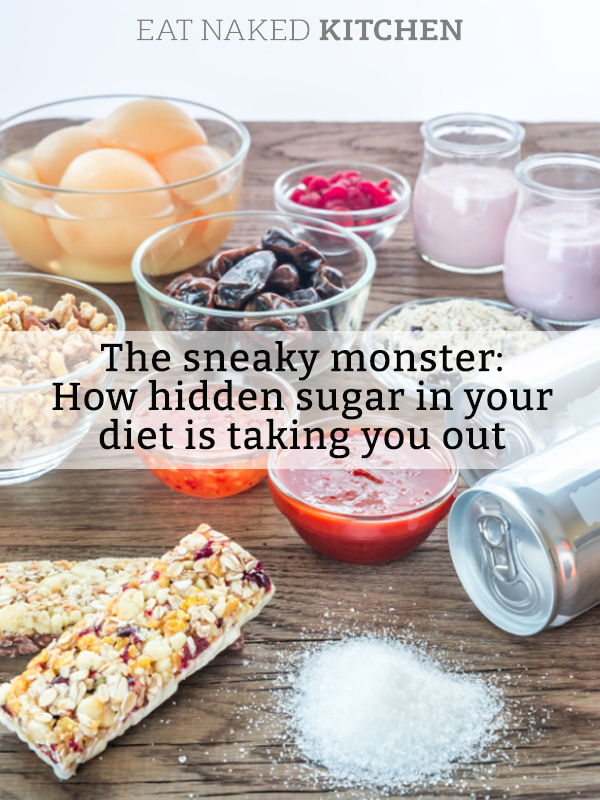


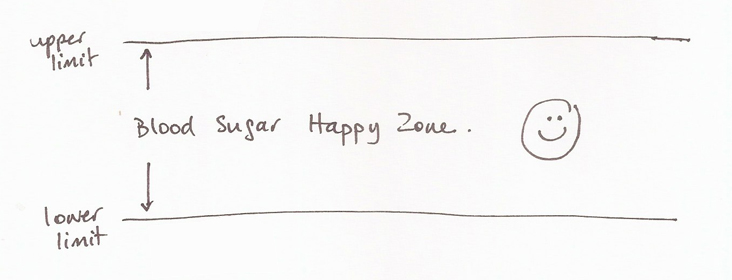
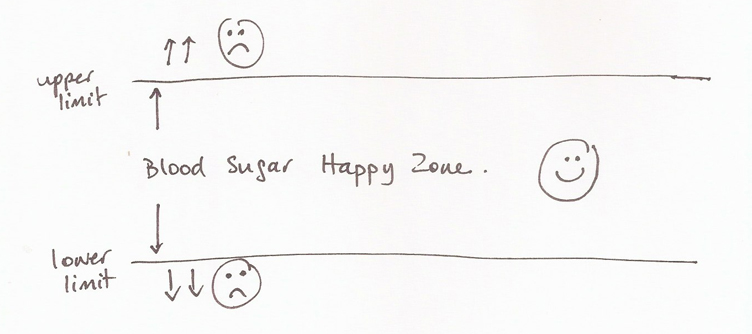
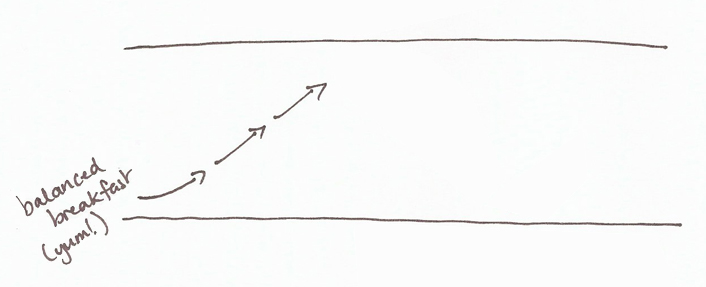

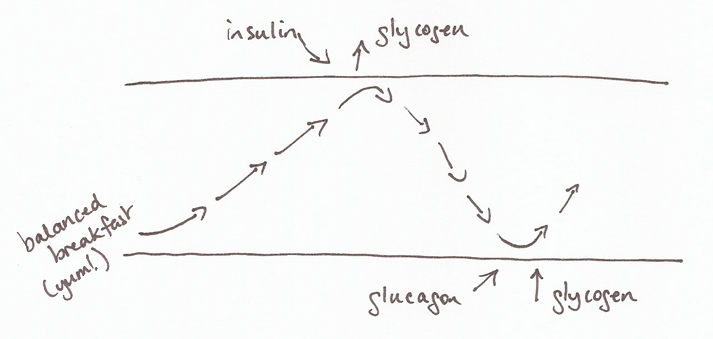
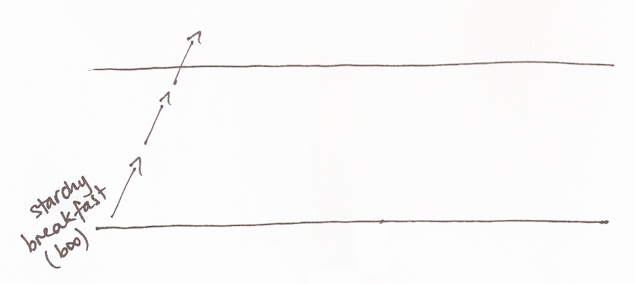

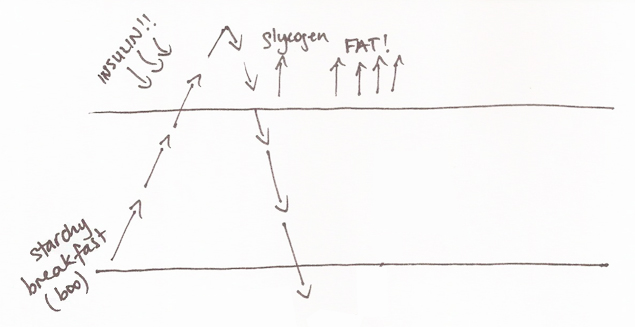
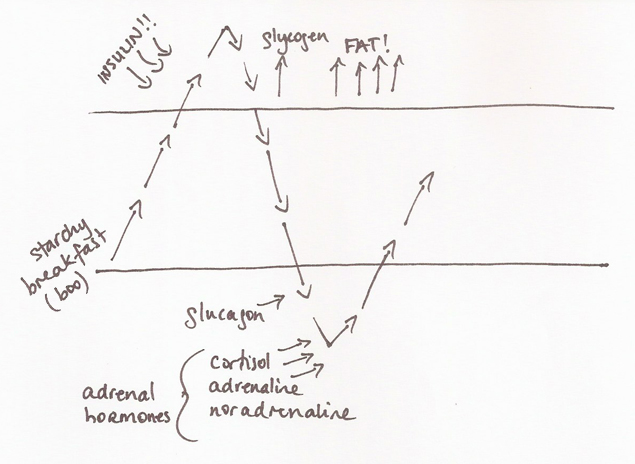




Thanks for the explanation. I have actually been on a sugar free diet for almost 7 weeks now (except for my morning cup of hot chocolate) I have been amazed at the difference in my energy and my arthritis doesn’t hurt anymore either. It has been wonderful.
If you are interested in seeing what diet I chose and why you can read about it at http://www.justloseitmom.com – I thought if I have a website I would stay more motivated to stick with it and so far it has worked.
I remember the first time I saw you demo this bit on blood sugar and I was so intrigued by how it works. Suddenly, things made a lot more sense! I’m happy to report that after doing Sugar Control a number of times, it gets easier and easier, I feel better, and I have fewer cravings. I also notice a major difference in my body (increased energy and less pain) as well as my mind (mental energy, more creativity). I am just finishing up a Sugar Detox now, and decided to add one day of juicing in the middle. I handled it much better than I thought I would. The best part of all, I think, is that my sugar cravings are diminished. I used to have such a bad sweet tooth; I really get how much sugar is an addiction because I felt that in my own life. Now, I feel in control of when I have it, rather than being controlled by it. I find that the craving for it is less and less each time I do the cleanse. And now, when I treat myself, it’s extra special 🙂 Thanks for reminding everyone of the importance of this!
Hello,
I’m interested in the Sugar Detox program and would like to know if the menu can be compatible with the current food-sensitivity meal plan I’m on which excludes: (1) soy; (2) nuts; (3) gluten; (4) dairy; (5) corn; and (6) eggs?
Thank you, Pamela.
Hi Pamela – absolutely it’s compatible with your sensitivities. In fact, with the exception of eggs and nuts, all the other foods are excluded anyhow, so you’re ahead of the game! you’ll need to get a little creative around breakfasts, but it’s totally doable. we’ve had many people go through this with similar sensitivities to yours, and they’re fine.
Added sugars have been in the news a lot recently. Last month, a large, prospective study published in the Journal of the American Medical Association (AMA) reported that adults with diets highest in added sugar as a percentage of calories had substantially higher risk of death from cardiovascular disease compared to people with the lowest amounts, which was defined as less than 10 percent of calories.